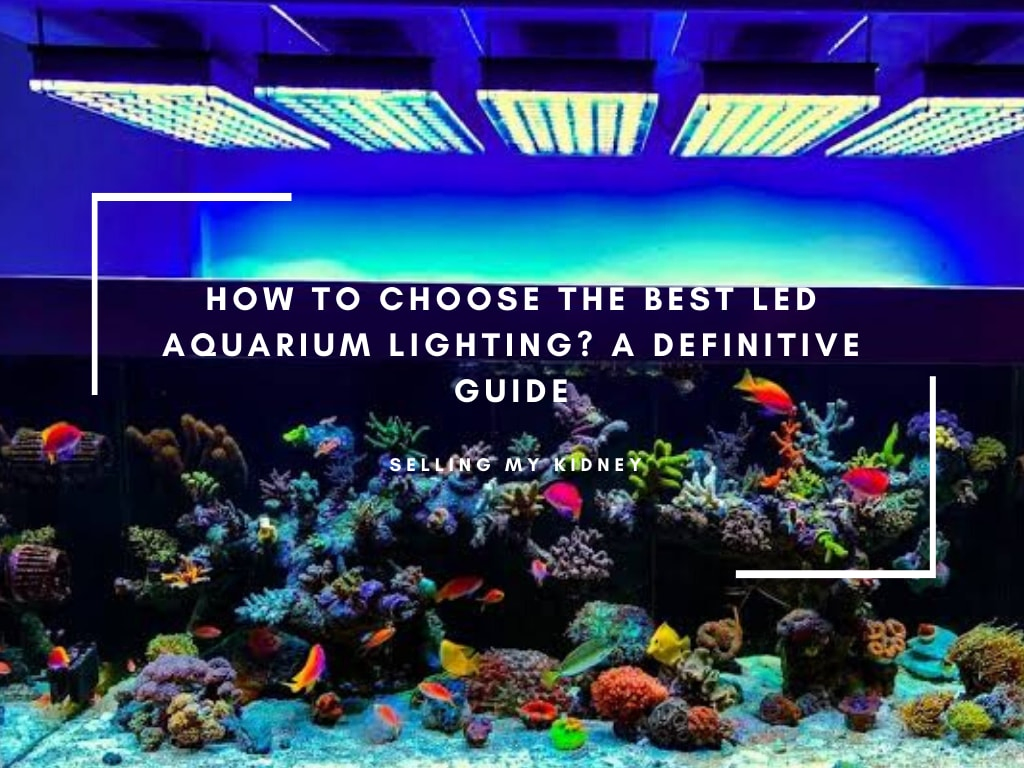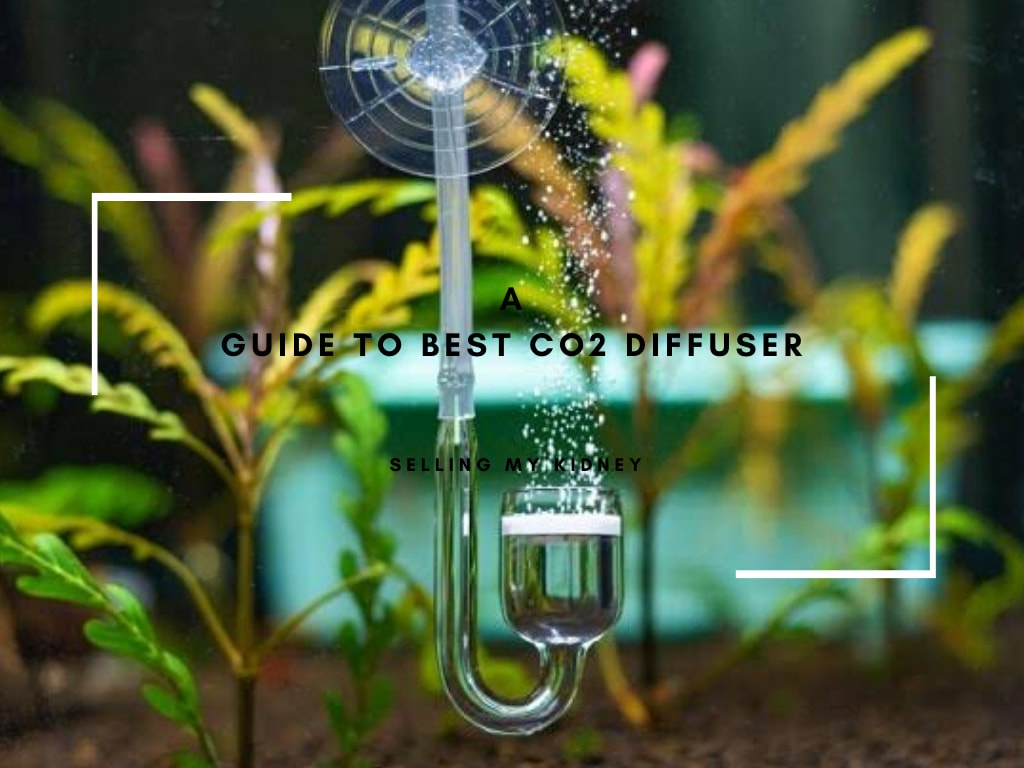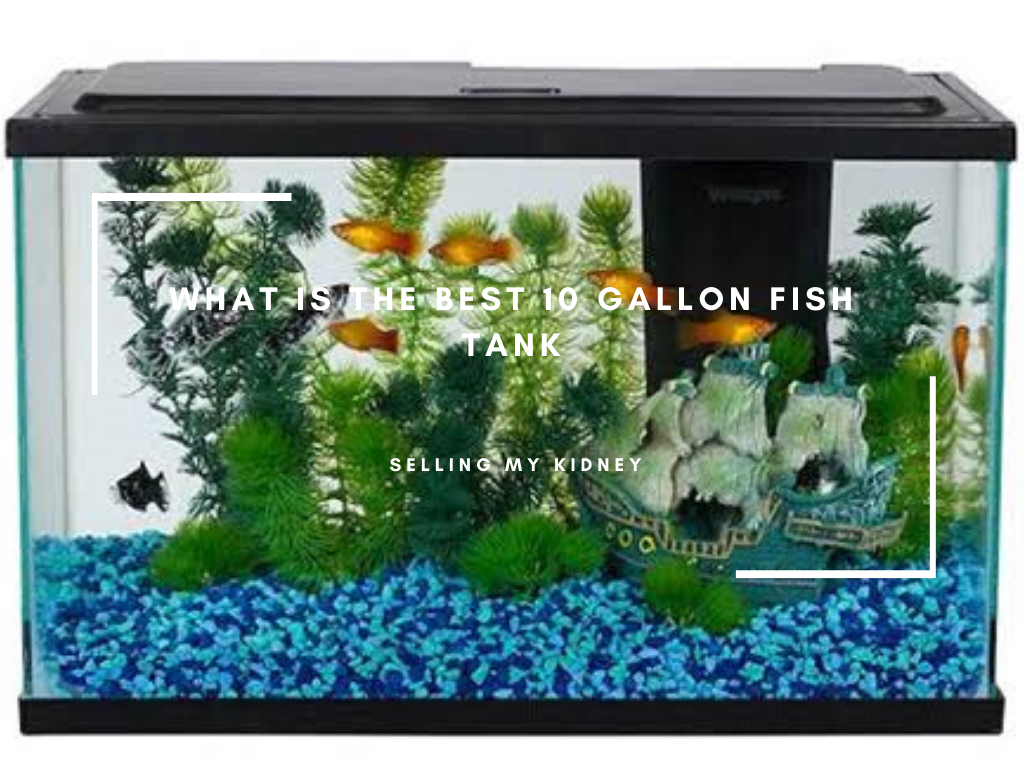Pond fountains are a great way to add beauty and life to your pond.
They come in many shapes, sizes, colors, and styles, so you can find the perfect fountain for any size or type of pond.
Not only do they look beautiful, but they also help aerate the water. Which is beneficial for fish health and keeps algae growth under control!
Here’s our full guide on how to choose, install and maintain a pond fountain:
- Choose Your Fountain – Consider factors such as size (smaller ponds need smaller fountains), style (modern vs. traditional designs), power source (solar-powered or electric) & budget;
- Install The Fountain – Make sure that it’s placed correctly with enough space around it. Connect all necessary hoses/pipes according to instructions provided by the manufacturer. Fill up the basin with water before turning on the pump if needed;
- Maintain The Pond Fountain – Clean out debris regularly from the filter basket and check that nozzles arena aren’t clogged due to their important role in oxygenating the water. Replace parts like pumps and tubing when worn down. Test pH levels every few weeks using testing kits available at pet stores.
In conclusion, properly installing a good fountain will bring years of enjoyment while adding aesthetic value!
What Is A Pond Fountain?
A pond fountain is a decorative water feature that adds beauty and interest to any outdoor space.
It typically consists of an electric pump, tubing, nozzle or spray head, and reservoir for the water.
The pump circulates the water through the system, creating a beautiful display in your garden or backyard pond.
Pond fountains come in many shapes and sizes:
- Floating Fountains – These are small floating devices with nozzles that create streams of moving bubbles; they are perfect for adding movement to still ponds!
- Wall-Mounted Fountains – A wall-mounted fountain can be installed directly onto walls around pools or other bodies of standing water, such as koi ponds. They often have multiple jets, so you can customize their look according to your preference!
- Submersible Pumps and Lights – This type pumps out large amounts of air from below while also providing light effects above ground level, making them great additions when trying to achieve dramatic displays at nighttime events like weddings.
Pond fountains add visual appeal and provide aeration benefits by introducing oxygen into stagnant areas where fish may otherwise struggle due to lack thereof.
They’reThey’re easy maintenance, too. Since most models require minimal cleaning every few weeks depending on usage frequency (and some even self-clean!).
These features help reduce algae growth thanks to its constant circulation pattern. Which prevents stagnation within aquatic environments, thus keeping it healthy all year round!
How Do Water Fountains Work?
Water fountains are a common sight in many places.
They provide clean, refreshing water for people to drink and enjoy.
But how do they work?
Water fountains use several components:
- A pump that pushes the water up from an underground reservoir or another source;
- An air compressor helps regulate pressure within the fountain;
- Valves and pipes that control the flow of water through different outlets such as taps, jets, or bubblers;
- Filters to remove impurities like dirt particles before it reaches your cup!
- The process starts when you press a button at the top of most modern-day drinking fountains. This activates both pumps simultaneously, creating the suction power needed to draw out cold (or hot!) liquid into its basin. It is then filtered by carbon filters before being dispensed via one of two spouts. Where either directly into your glass/cup or alternatively, with some models, there’s also an additional ‘jet stream’ option allowing users to access higher volumes quickly without waiting too long between refills!
- Finally, after all these steps have been completed successfully, what remains left behind inside each unit’s tank will be recycled back again, ready for the next time someone needs refreshment. And so goes another cycle until it eventually needs maintenance due to wear & tear over extended periods of usage.
Types Of Pond Fountains
Pond fountains are a great way to add beauty and life to any pond.
Many types of pond fountains are available, each with unique features.
Some popular types include floating fountain heads, submersible pumps, waterfall spillways, bubbling rocks or logs, and decorative statuary pieces.
Floating fountain heads come in various sizes and shapes. They can be used for aeration and decoration.
Submersible pumps provide the power needed for larger water displays, such as cascading streams or powerful jets of water shooting up into the air!
Waterfall spillways create beautiful, natural-looking falls that cascade down from one level to another while adding oxygenated movement throughout your entire body of water.
That’s perfect if you want an eye-catching feature without having too much noise pollution!
Bubbling rocks/logs offer gentle bubbles that help keep fish healthy by providing extra oxygen levels.
Plus, it looks cool when lit at night!
Lastly, there are decorative statues like frogs & turtles, which look amazing placed around ponds but also serve practical functions such as hiding filters and other equipment out of sight.
So visitors don’t have their view blocked by unsightly machinery!
No matter what type you choose, all these options will bring new life into your garden oasis. that that’s making them even more enjoyable than before
How To Install The Pump And Fountain?
Installing a pump and fountain is easy!
Here’sHere’s what you need to do:
- Gather the necessary materials, such as tubing, fittings, water pumps, and fountains;
- Place your fountain in its desired location;
- Connect one end of the tube to the outlet on your pump using appropriate connectors or clamps;
- Attach another length of tubing from this connection point up through where you want it placed for display purposes (e.g., near an outdoor pond);
- Securely attach any additional pieces needed for installation at both ends with screws or bolts if required by manufacturer instructions;
- Plug the power source into the wall socket, then turn the switch “” on”” on the back side of the unit;
- Fill basin/container that will hold water around the base area until full enough so that when connected, water can flow freely out the top portion without overflowing onto the ground surface below.
- Adjust speed settings according to preference before enjoying the beautiful new addition!
How To Raise The Pump Level?
When choosing a pond fountain, there are several important factors to consider.
- The size of your pond should be considered. If it is too small for the type and size of fountain you want, this could cause water flow or pressure problems.
- Think about what kind of effect you would like from your fountain. Do you prefer something more subtle such as an arching spray pattern? Or something larger that creates a dramatic display in the center?
- Make sure to check how much power will be required by any pump used. Some fountains require large amounts, which may not fit within existing electrical systems.
- Consider maintenance requirements: does it need regular cleaning or servicing? Are replacement parts readily available when needed?
Considering these points carefully before making a purchase can help ensure that your chosen pond fountain meets all expectations!
What Are Floating Pond Fountains?
Floating pond fountains are a great way to add beauty and life to any water feature.
They come in many shapes, sizes, colors, and styles, so you can find the perfect one for your garden or backyard.
Floating pond fountains provide aeration, which helps keep ponds healthy by increasing oxygen levels.
They also help reduce algae growth while adding movement and sound pleasing to both people and wildlife alike!
Here’s what else you need to know about floating pond fountains:
- They’re easy to install – no digging required!
- You have many options when choosing fountain heads – from simple jets & sprays all the way up to multi-tiered cascades with LED lighting effects.
- Fountain pumps range from small submersible models (for smaller ponds) to large external units capable of powering multiple tiers simultaneously.
- Examples include:
- The Atlantic Water Gardens Tidal Wave 2 Fountain Pump Kit
- Aquascape Pro Series Pond Filtration System With UV Clarifier And Submersible Pump Combo Pack
- Oase AquaMax Eco Classic 4000 Filter/Pump Combination Unit.
- Maintenance requirements vary depending on size. But generally involve cleaning out debris regularly and replacing parts such as filters every few months if needed.
All in all, floating pond fountains offer an attractive addition that will bring joy visually and audibly too!
Electrical Safety With Pond Fountain
Electrical safety with pond fountains is very important.
Here are some tips to keep in mind:
- Always use a GFCI (ground fault circuit interrupter) outlet when plugging your fountain into an electrical source. This will help protect you from electric shock if the wiring becomes faulty or damaged.
- Ensure all cords and wires used for powering the fountain are rated for outdoor use, as indoor-rated cords can be easily damaged by water and weather conditions outdoors.
- Check regularly to ensure there aren’t any frayed or exposed wires on your power cord – these could cause serious injury!
- Keep children away from the area where electricity meets water – never let them play near it unsupervised!
- If possible, install a timer, so you don’t have to worry about leaving it running overnight or while no one is home for long periods.
- This also helps save energy costs too!
- Finally, consult an experienced professional before attempting any installation work yourself. They’ll know exactly what needs to be done safely and correctly according to local regulations.
Recommended Pond Fountains
Pond fountains are a great way to add beauty and life to your pond.
They come in many different styles, sizes, shapes, and colors, so you can find one that fits perfectly with the look of your garden or backyard.
Fountains provide oxygen for fish and other aquatic creatures while helping keep the water clean by circulating it through filtration systems. They also create a pleasing visual effect!
Some popular types include: floating fountain heads that sit on top of the surface of the water; submersible pumps which go underwater; solar-powered models powered by sunlight alone; LED lighted designs featuring colorful lights at night time – all these options make sure there is something suitable for everyone’s needs!
Some manufacturers offer additional features such as adjustable flow rates or timers, allowing users more control over their ponds’ environment.
Finally, when choosing a fountain, consider its size relative to your pond. Too small will not have enough power, whereas too large may overwhelm it visually.
Pond Fountain Maintenance
Pond fountain maintenance is important for keeping your pond looking beautiful and healthy.
Here are some tips to help you keep it in top condition:
- Clean the pump regularly – remove any debris or dirt that has built up on the filter, impeller, and other parts of the system; replace worn-out components as needed.
- Check water levels often – make sure that they remain consistent. So there’s enough pressure to power the fountain properly.
- Monitor pH balance – use a test kit to ensure proper alkalinity/acidity levels. Adjust accordingly with chemicals if necessary.
- Inspect all electrical connections periodically – look for signs of corrosion or wear & tear, which could cause problems down the road (e.g., short circuits).
- Change out old bulbs when necessary – LED lights last longer than traditional incandescent ones but still need replacing every few years, depending on usage frequency and intensity level settings used during operation periods.
- Keep an eye out for algae growth – this can be prevented by adding beneficial bacteria into your pond’s ecosystem once per month (or more frequently if desired). Also, consider using algaecides occasionally too!
Lastly, don’t forget about regular cleaning tasks like skimming leaves off surface areas before they sink deep below where vacuuming becomes difficult.
This will prevent buildup over long-term intervals between major cleaning sessions required at least twice annually for due diligence purposes only!
Buying Guide: How To Choose The Right Pond Fountain?
When it comes to choosing the right pond fountain, there are a few things you should consider.
First and foremost is size: make sure your chosen fountain fits in with the overall look of your garden or outdoor space.
Next, consider the power source – do you want an electric or solar-powered pump?
Electric pumps tend to be more powerful but require access to electricity. In contrast, solar-powered fountains can work anywhere if they get enough sunlight during the day.
Additionally, decide on what feature best suits your needs – from cascading waterfalls and bubbling streams for larger ponds/pools to smaller floating features that create gentle ripples across still waters.
Finally, consider any additional accessories, such as lights, that will add extra ambiance at night!
With these points in mind, you’ll soon enjoy a beautiful new addition to your home’s exterior landscape!
In Conclusion: Pond Fountain Full Guide
In conclusion, a pond fountain is an excellent addition to any garden or outdoor space.
It adds beauty and tranquility while providing the necessary aeration for fish ponds.
Proper maintenance can last many years with minimal effort on your part.
The key points of this guide are:
- choose the right size pump;
- select appropriate tubing;
- install correctly according to manufacturer instructions; and finally
- maintain regularly by cleaning out debris from intake screens and replacing parts as needed!
Having a pond fountain in my backyard has been one of the best decisions I have ever made.
Not only does it look beautiful, and it provides much-needed oxygen for our koi population!




